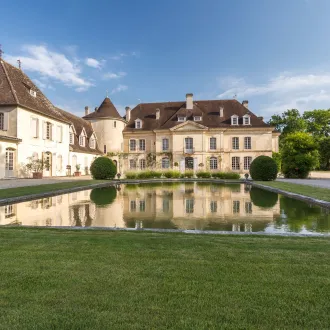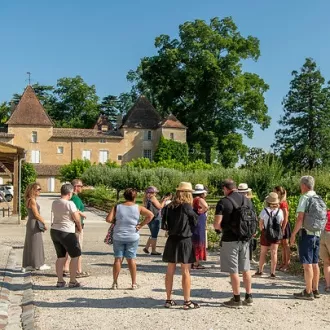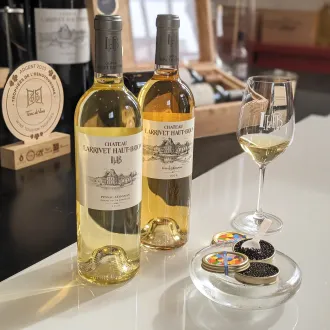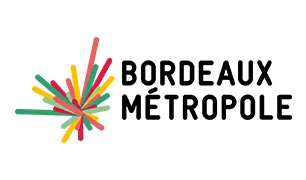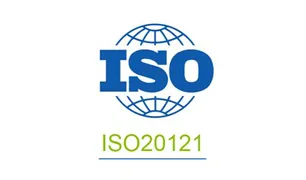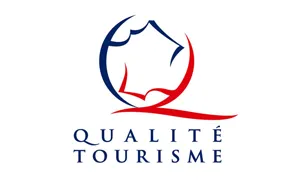Known as the cradle of Bordeaux wines, the Graves and Pessac-Léognan vineyards are also the closest to the city. Situated just outside Bordeaux, the Crus classés (classified growths) of the Graves region know how to welcome their guests!
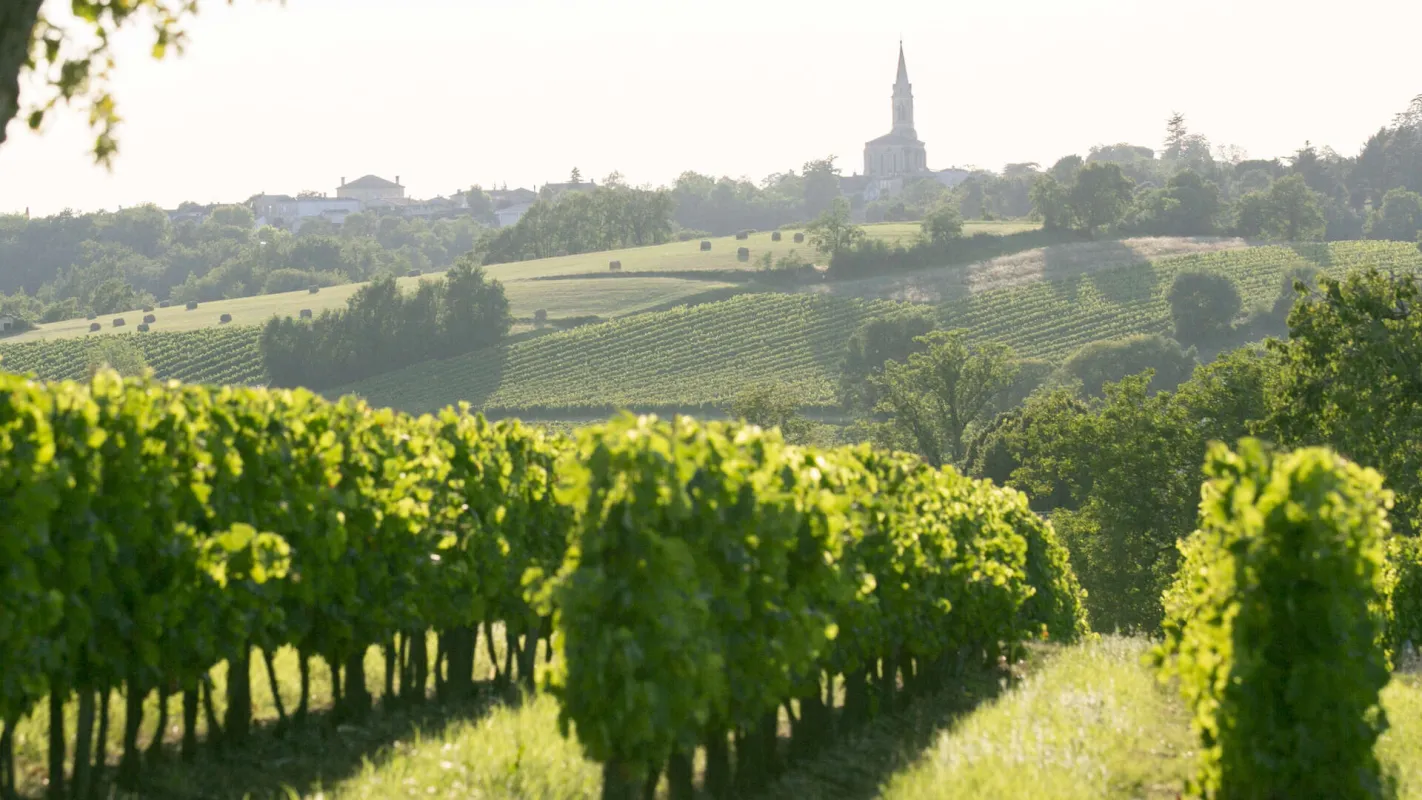
A day in the Graves and Sauternes
More than 2,000 years ago, the first vines of Bordeaux were planted in the Graves winegrowing area, south of the city of Bordeaux. Faithful to their legend, the original terroirs of the great wines of Bordeaux tell the story of their long initiatory journey at the pinnacle of international oenology.
Graves and Sauternes, a place of “miracles”
The Ciron, sometimes nicknamed “the gold of sands” is a small river endowed with magical powers. It rises in the Landes and crosses the Sauternes AOC vineyard, nestled within the Graves wine region, and flows into the Garonne, upstream from Bordeaux. Beautiful hiking paths, mountain bike trails, and canoeing trips are available along its 100 km route. Under the dense foliage locally dubbed as the “forest gallery”, the water remains cool and sheltered from the sun’s rays. The resulting moisture causes morning mists in autumn and promotes the development of microscopic fungus, Botrytis Cinerea, or “noble rot,” on the grapes. This natural phenomenon increases the sugar content of the fruit and gives Sauternes wines, the world’s most famous sweet white wines, their miraculous sweetness.
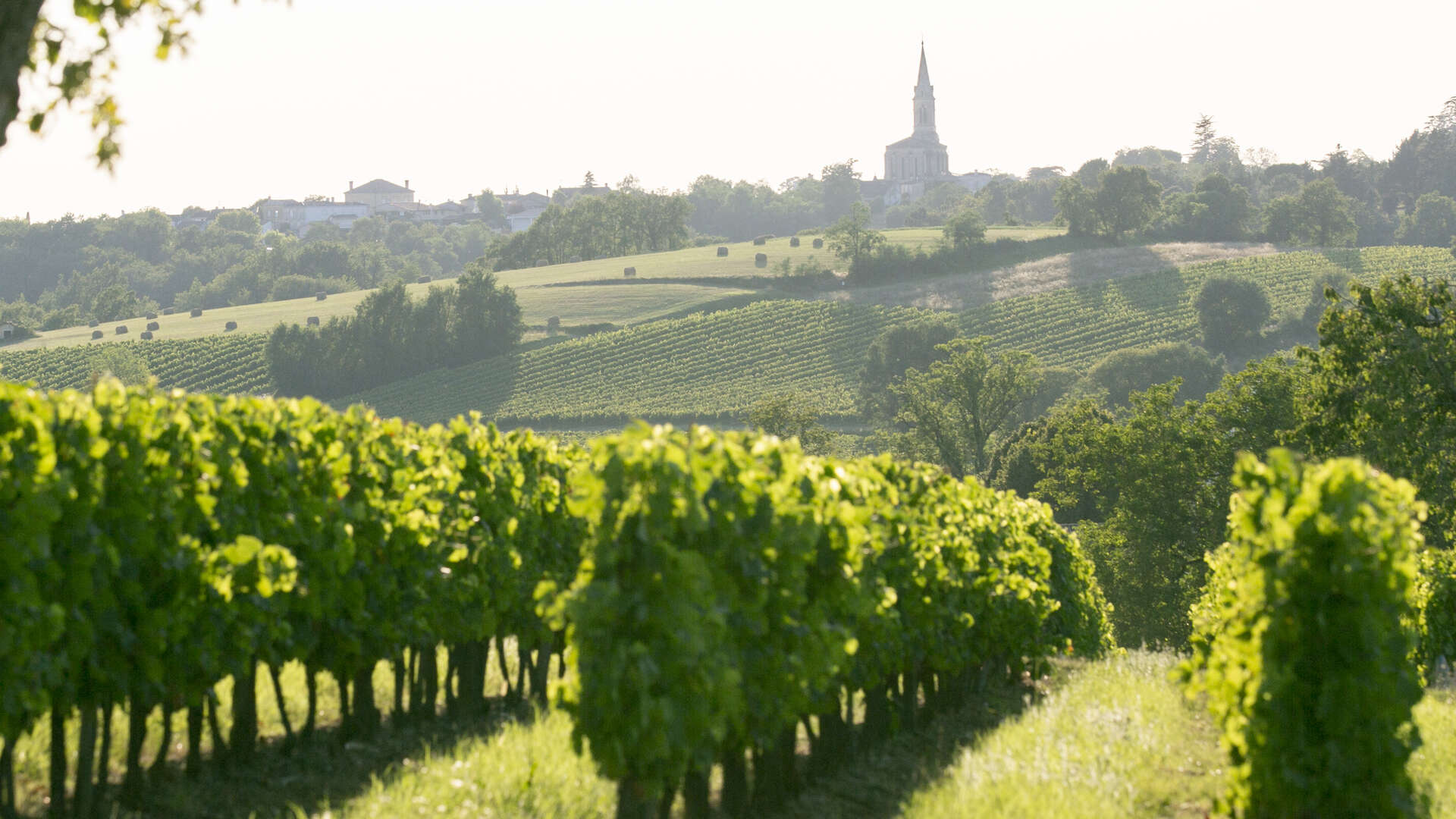
Terroirs of contemporary art
The Graves and Sauternes regions give an insight into the richness and diversity of wine tourism on the Bordeaux wine routes. Be they renowned Grands Crus Classés (Classified First Growths) such as Château d’Yquem, or small family estates, local winegrowers offer a wide range of wine-related activities. With unusual tasting sessions, interactive tours, original workshops, exhibitions, and performances, Bordeaux wine estates are breaking the traditional codes of wine in an attempt to share their passion widely. At Château Smith Haut-Lafitte, a classified growth in the Graves, you can discover the on-site cooperage, walk “In the winegrower’s footsteps”, or explore the treasures of the “Senses Forest”, a 10-hectare open-air museum featuring the stunning creations of artists from Bordeaux. Alternatively, you can blend a discovery of both wine and art during the “Lands for wine and arts” tasting workshop. Similarly, the Euphoria Garden at the Château Larrivet Haut-Brion (Pessac-Léognan) offers a 4,000 sqm vegetable garden whose carefully crafted scenography pays tribute to the art of blending, essential to the production of Graves and Sauternes reds.
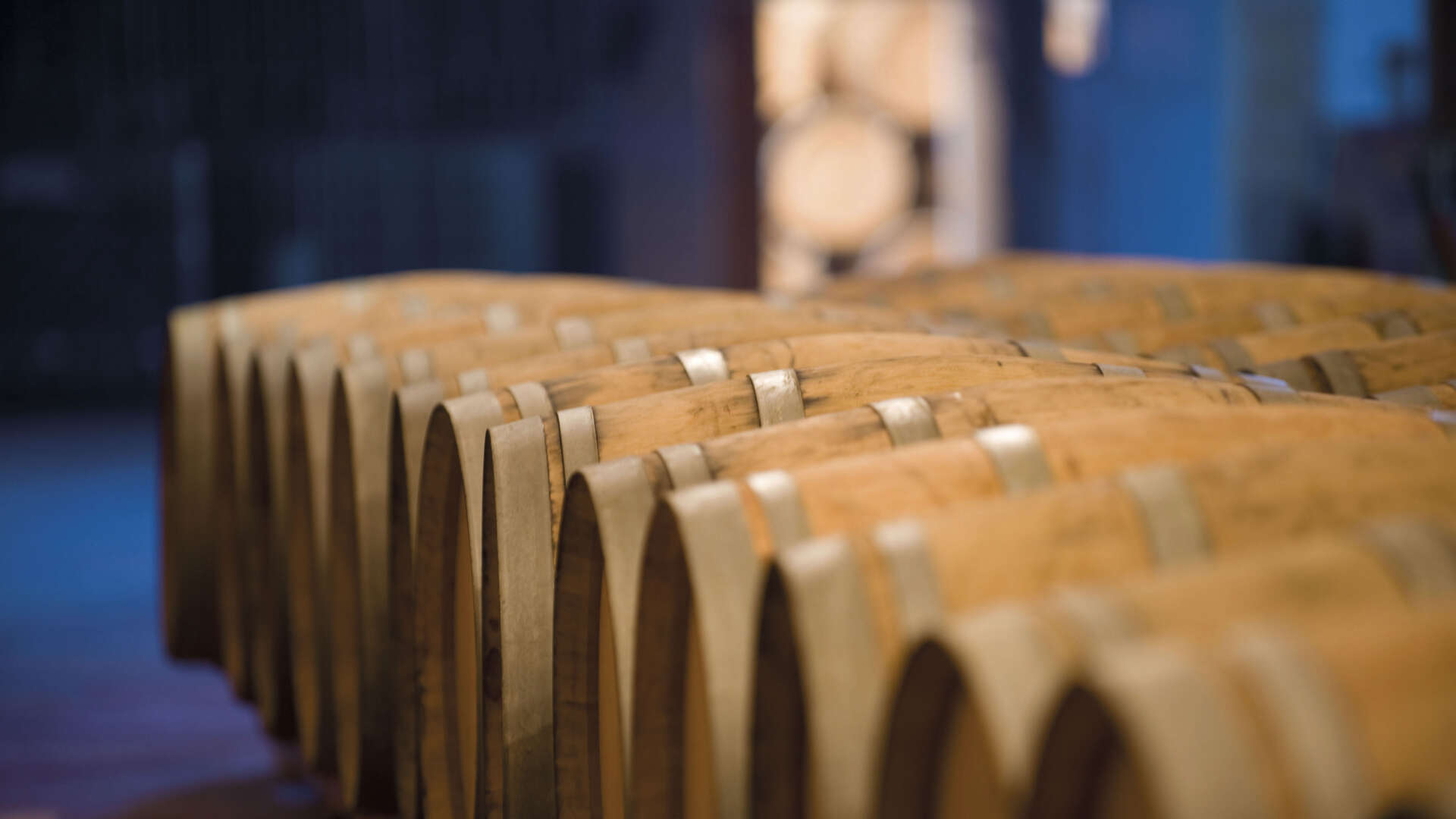
Vinotherapy, gastronomy, and fortified castles
Villandraut, Roquetaillade, Budos, Duras, Hamel: surrounded by vineyards, the splendid castles of Clement V - or “Clementine castles” - (built by the pope and his family) are ideal for visiting with the whole family. Gastronomy lovers will be in their element in this Gironde land of plenty, home to excellent restaurants. In Martillac, Les Sources de Caudalie houses two restaurants: La Table du Lavoir and its “bistro” cuisine, and La Grand’Vigne, spearheaded by chef Nicolas Masse (2 Michelin stars). A highly-regarded vinotherapy centre, Les Sources de Caudalie brings together a spa, a 5-star palace, and a wine bar. A visit to this palace hotel offers a luxurious preview of the hedonistic spirit of the Graves and Sauternes wine route.
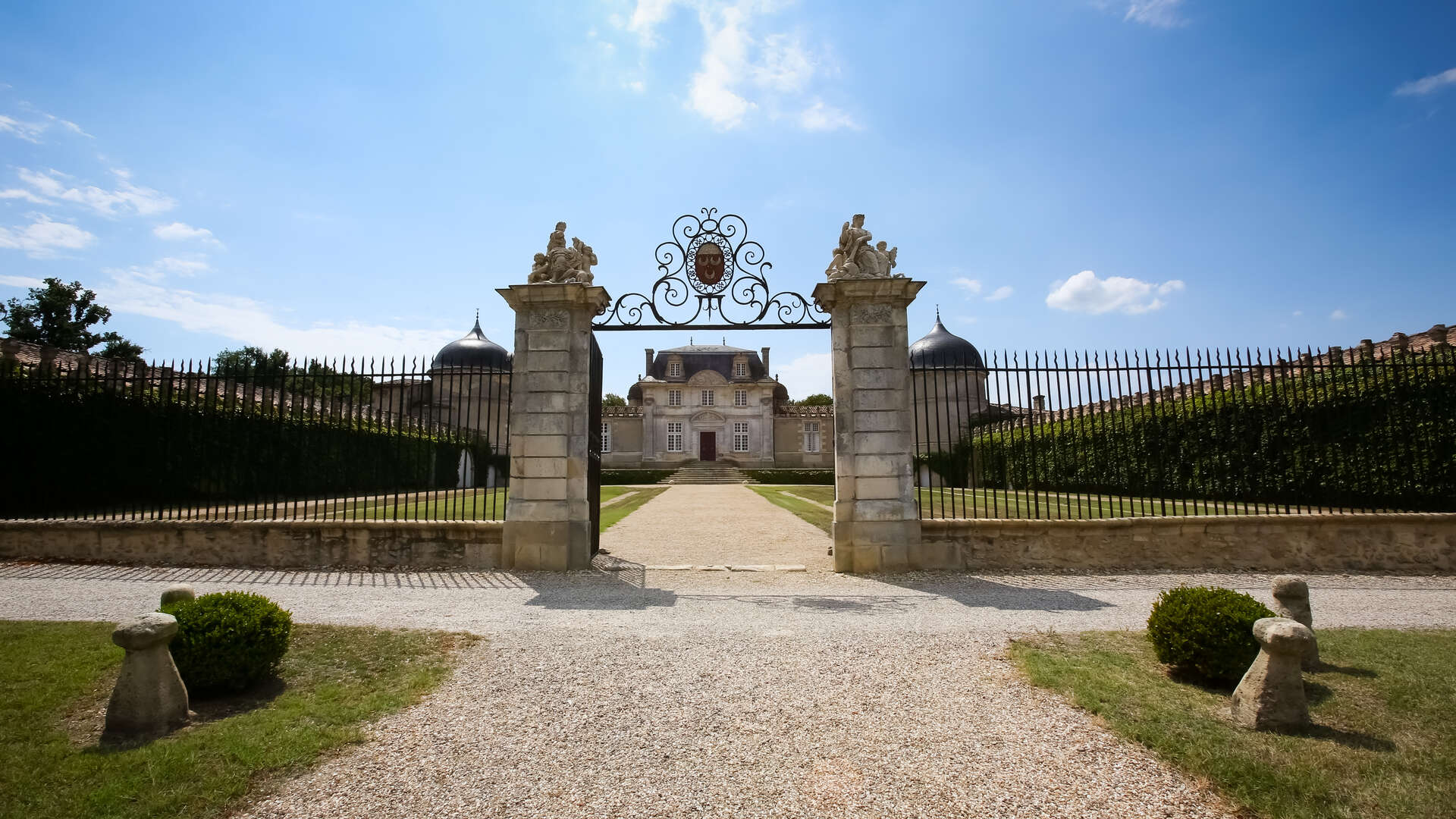
Tours to discover Graves and Sauternes


